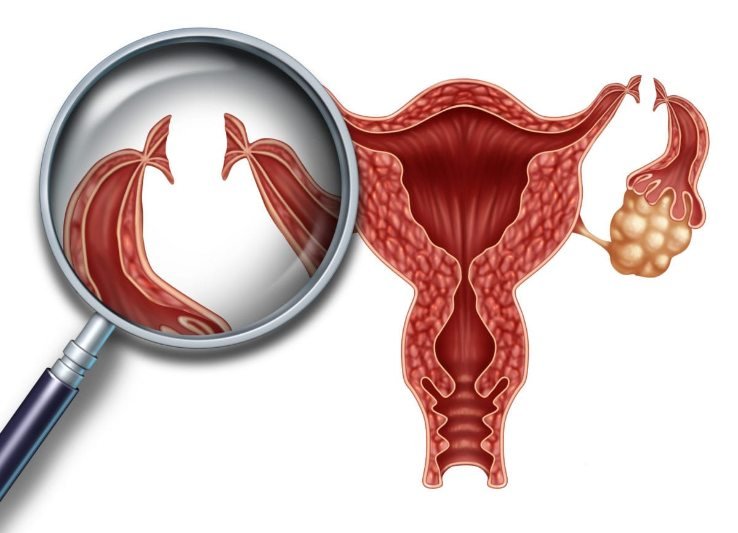-
April 30, 2020
-
0

What is Tubectomy?
Tubal sterilisation or tubectomy is a surgical procedure which involves blocking the female fallopian tubes so that the eggs do not reach the uterus for fertilisation. The fallopian tubes are connecting structures inside a woman’s abdomen which start at the ovaries and end at the uterus. During this procedure, these tubes are cut and then clipped or tied, preventing the eggs from traveling from the ovaries to the uterus.
Tubectomy is a permanent form of sterilisation. It is one of the most effective solutions in birth control with a success rate of over 99 percent. This procedure is suitable for women who do not want to become pregnant and are looking for a permanent form of birth control.
How is Tubectomy performed?
The patient is given general anaesthesia before the surgery to make them comfortable. A few small incisions are made in the abdomen. A small tube with a camera called a laparoscope is inserted into the abdominal cavity through these incisions. The laparoscope collects visuals and transmits them to a computer screen for the surgeon. Using these images, the surgeon then inserts specialised surgical tools through the other incisions and guides them toward the fallopian tubes. They are used to make cuts in the tubes or seal them using clips.
There are different techniques used in tubectomy.
Bipolar coagulation: The parts of the fallopian tubes are seared using electric current
Monopolar coagulation: The tubes are seared shut using electric current and a radiating current is also passed to further damage them
Tubal ring: The tubes are tied using silastic bands
Tubal clip: The tubes are blocked using clips
Fimbriectomy: A section of the tubes are disconnected from the ovaries, creating a gap and prevent the eggs from traveling to the uterus
What are the benefits of tubectomy?
There are several benefits to tubectomy, which is why more women are choosing to undergo this procedure every year.
- Unlike other forms of birth control, tubectomy is over 99 percent effective in preventing pregnancy
- Tubectomy does not cause hormonal imbalances or contraindications which are commonly seen with the use of oral contraceptives
- This procedure makes it more convenient and safer for people to have sex without having to rely on contraceptives
- Removing or blocking the fallopian tubes is shown to decrease the chances of contracting pelvic inflammatory disease
- This procedure also reduces the risk of fallopian tube cancer
Contact
JAYANAGAR
BANASHANKARI

